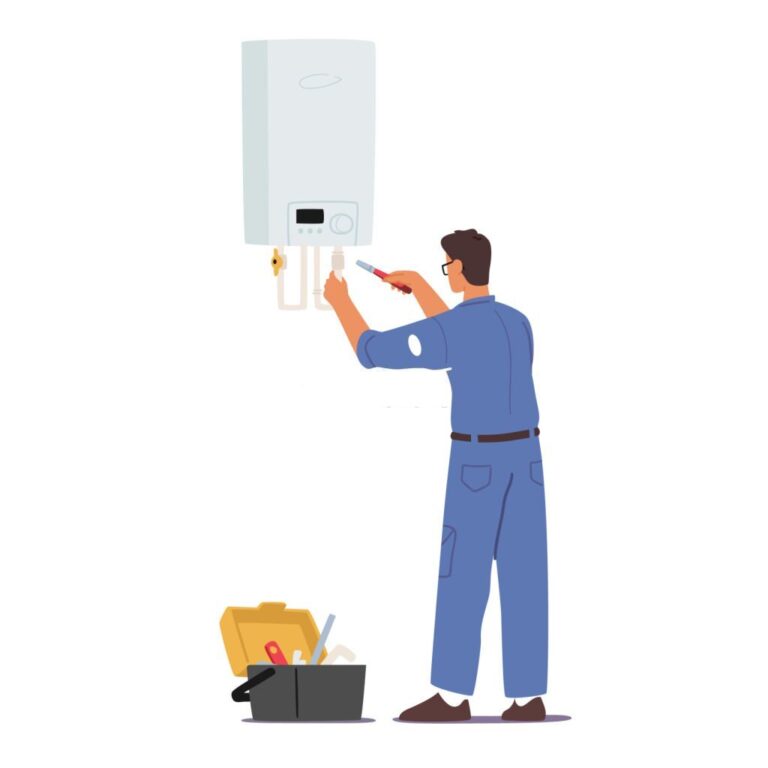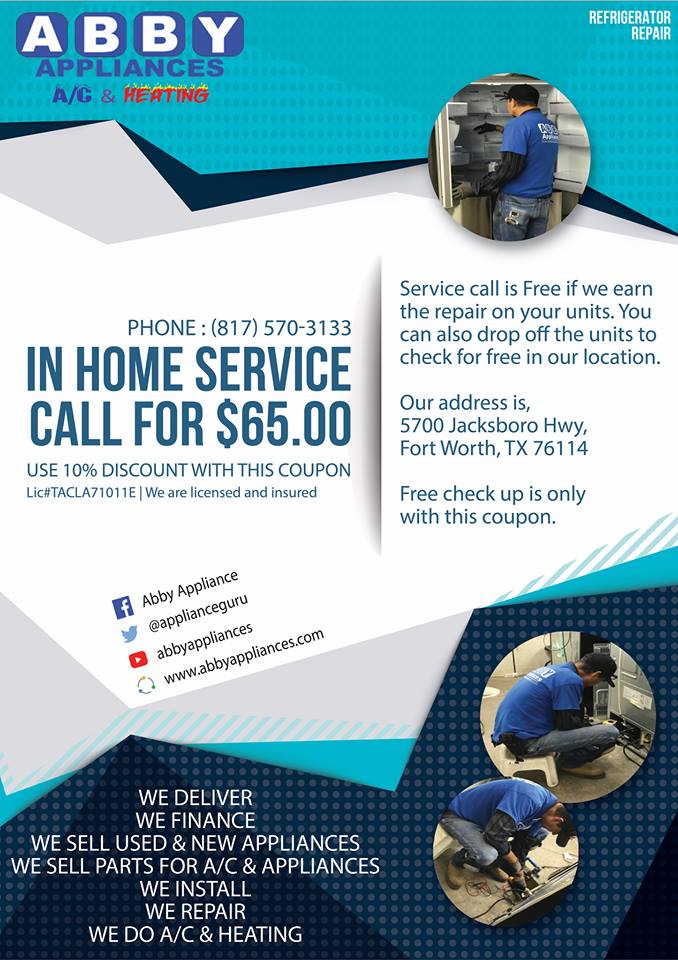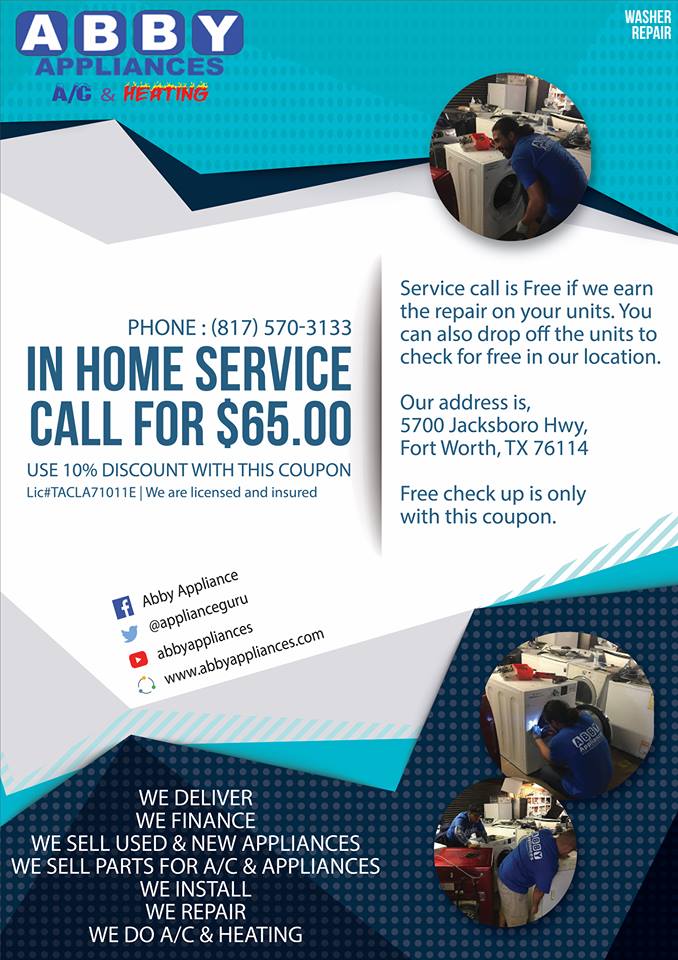

HEATING/FURNACES Repair
Caution: HEATING/FURNACES CAN BE DANGEROUS TO REPAIR IF YOU ARE NOT EXPERIENCED AND CERTIFIED.
Do not take chances with your safety and health. The following tips are strictly for educational purposes. We strongly advise you to not get involved with any heating/furnace repairs on your own. All heating/furnace repairs require professional experience and training with electric systems and can become dangerous if you are not knowledgeable. For help call our heating/furnace service technicians 24/7 at: 817-570-3133
Caution: HEATING/FURNACES CAN BE DANGEROUS TO REPAIR IF YOU ARE NOT EXPERIENCED AND CERTIFIED.
Do not take chances with your safety and health. The following tips are strictly for educational purposes. We strongly advise you to not get involved with any heating/furnace repairs on your own. All heating/furnace repairs require professional experience and training with electric systems and can become dangerous if you are not knowledgeable. For help call our heating/furnace service technicians 24/7 at: 817-570-3133.
GAS IS MORE DANGEROUS


To handle than oil. That is why troubleshooting is limited. If for some reason the flow of gas is shut off in your neighborhood, there is nothing that you can do to get your furnace operating. Otherwise, follow this procedure: Check the thermostat The exact same method described above for a thermostat that controls an oil burner should be followed for a thermostat that controls a gas burner.
Check The Safety Switch


To see that it hasn’t been turned off accidentally. This switch is usually mounted right on or right near the furnace. See if the gas pilot light is functioning. If the pilot is not burning, attempt to light it as outlined on the instruction plate which is attached to the furnace. A pilot light that refuses to light probably is clogged with dirt or carbon. Turn off the safety switch and the gas valves that control the main burner and pilot. Tap the pilot burner with a screwdriver in an attempt to dislodge dirt or carbon. Now, turn the control valve for the pilot back on and try to light the pilot. Do not open the control valve to the main burner until the pilot is lit. If the pilot lights, turn on the control valve for the main burner and switch on the electricity. Set the thermostat.
EASY HEATING TIPS
In an emergency, you can get the heating system or furnace to operate by taking the oil valve out of the system. Disconnect the heating system or furnace and output oil lines at the valve. Remove the valve, and connect the input line right to the output line. Oil will now flow, and you will be able to get heat, but be sure to have the valve serviced and put back into the system as soon as possible.
Make sure that there is an ample supply of oil. This is not as obvious as it seems to be. After all, you have seen many people run out of gas on the highway. Don’t always trust the gauge of an indoor tank. It can stick. Tap the gauge to see if the needle remains in place. If the cap of an outside tank is accessible that is, if you are able to shovel away the snow to get to it check out the supply with a dipstick. Naturally, if there is no oil in the tank, there will be no heat. Caution: Never do any work inside an oil burner unless all emergency switches are turned off. You could be seriously injured. Some nozzle-and-electrode assemblies are fairly easy to get at by simply removing an access cover.
Others are more difficult. You may have to detach and drop the transformer. In any event, once you can reach inside the burner, loosen the oil- line connection with a wrench and disconnect the transformer and electrode wires. Usually these wires are held by snap-on connectors. Take the nozzle-and-electrode assembly out of the burner, but be careful that you don’t bang the electrodes and upset their setting.
Lay the assembly on a clean surface and unscrew the nozzle. Use two wrenches one to hold the assembly steady and the other to unscrew the nozzle. You will probably find a small filter inside the nozzle. Remove it and wash it in warm water. Probably you will also find a small set screw inside the nozzle. Take this out, too, and wash it in warm water. A clogged filter or dirt-covered set screw will hamper the flow of fuel.
Blow through the nozzle. If the nozzle is clean, air will pass through it freely. If it is not clear, you have found the reason for furnace failure, but there is not much you can do about it unless you have a spare nozzle around. A nozzle is preset and should not be widened with a piece of wire or some such probe. Widening a nozzle will result in furnace “puff” not in furnace operation. Clean off the electrodes carefully with a rag or piece of fine steel wool. A reminder don’t upset the setting. Place the assembly back into the burner and connect all wires.
Turn on the emergency switches and press the stack-control relay switch. Hopefully, the furnace will start up and run. Important: Rotary-type oil burners do not have nozzles. To service the electrodes, turn off the emergency switches, reach inside the burner with a rag, and wipe the electrodes clean without upsetting the electrode setting what to do if the gas burner doesn’t light.

